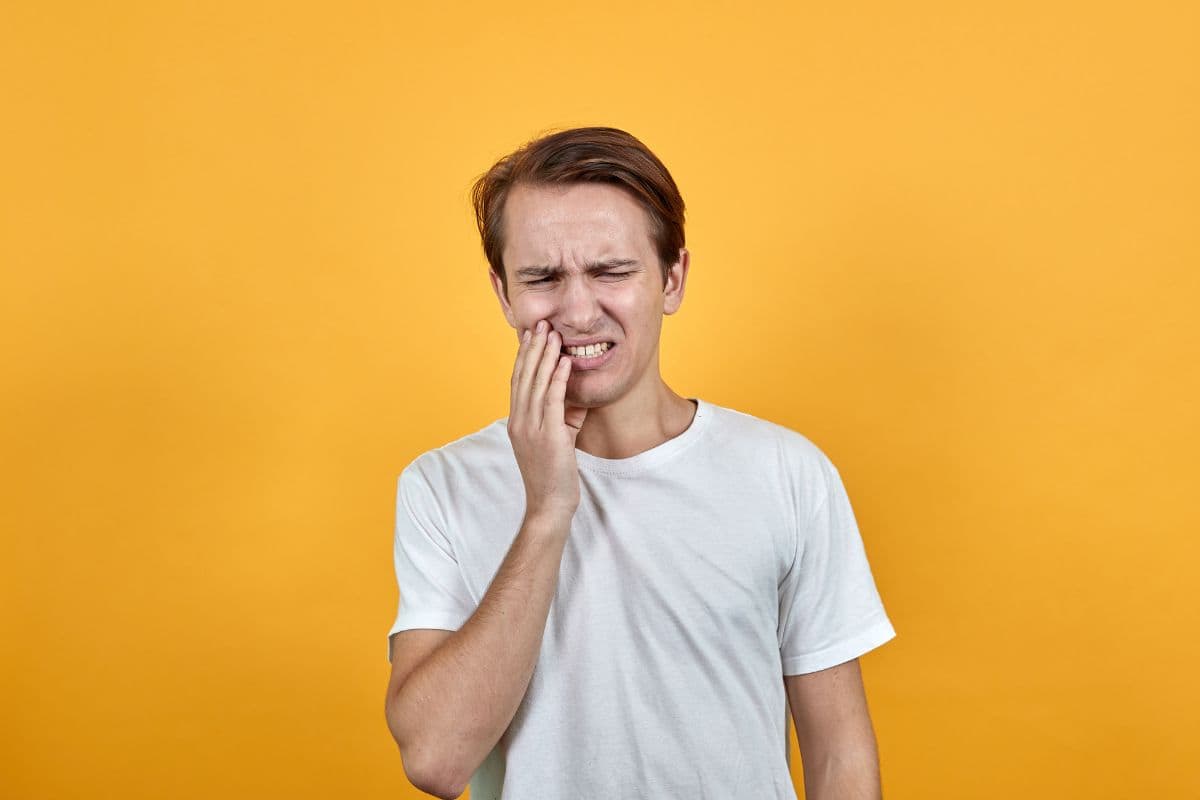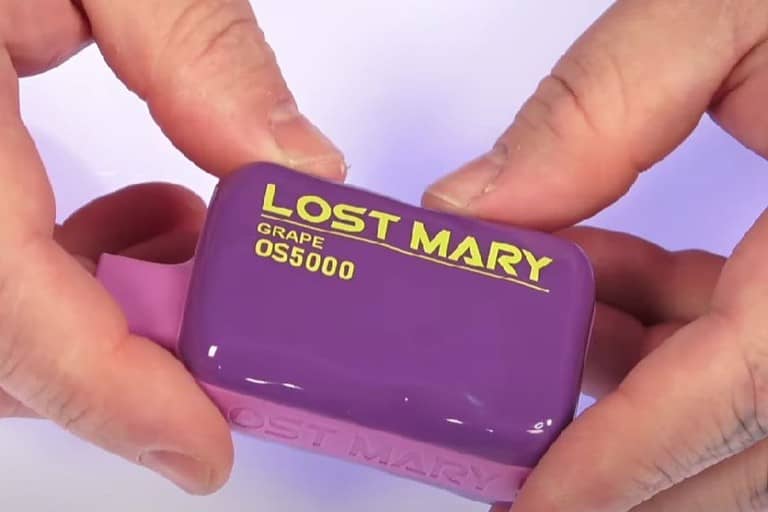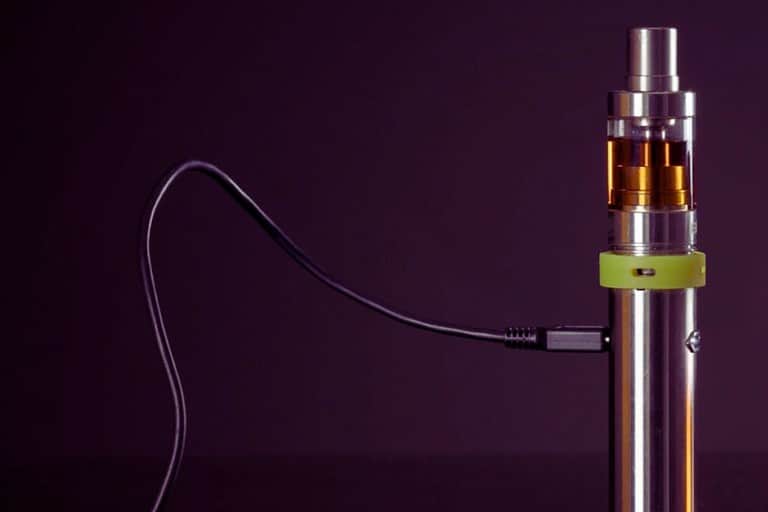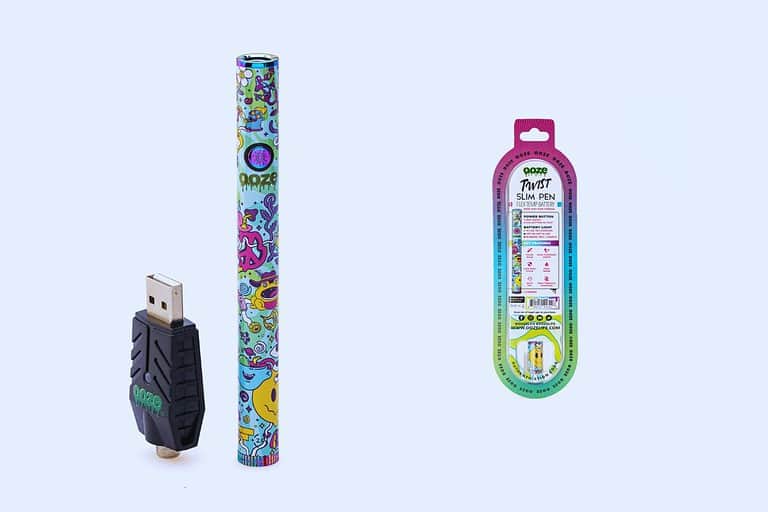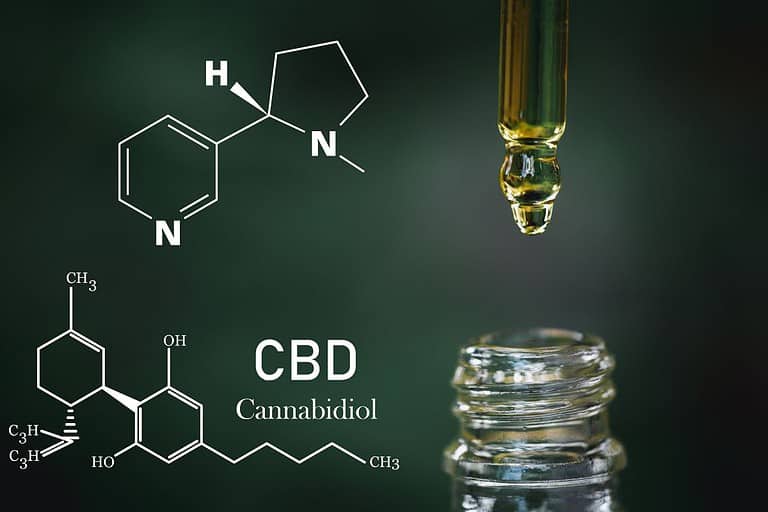Vaping After Wisdom Teeth Removal: Risks and Guidelines
Wisdom teeth removal is a common dental procedure, often performed to prevent complications that may arise due to impacted or overcrowded teeth. After the surgery, patients must follow specific post-operative care instructions to ensure a smooth and comfortable recovery process. One crucial aspect of recovery is abstaining from certain activities and habits that can negatively impact the healing process. One such habit is vaping, which has become increasingly popular in recent years.
Vaping after wisdom teeth removal is not recommended, as it can cause complications and interfere with the healing process. E-cigarettes and vaporizers deliver nicotine and other substances through inhalation, which can have adverse effects on oral health. The act of inhaling can also lead to dry socket, a painful condition that occurs when the blood clot at the extraction site is dislodged, exposing the underlying bone and nerves. Furthermore, the chemicals found in e-cigarette vapor may negatively affect wound healing and increase the risk of infection.
As with any oral surgery, following your dentist’s post-operative care instructions is crucial in order to prevent complications and have a successful recovery. By avoiding vaping during the healing process, you can reduce the risk of painful and unnecessary issues, ensuring a healthy and timely recovery from your wisdom teeth removal.
Table of Contents
Risks of Vaping After Wisdom Teeth Removal
Dry Socket and Blood Clot Dislodgment
One of the most significant risks associated with vaping after wisdom teeth removal is the development of a dry socket. A dry socket occurs when the blood clot at the extraction site is disturbed or dislodged, leaving exposed nerves and bone. This can result in severe pain and complications in the healing process. When vaping, the suction created by inhaling e-cigarette vapor could inadvertently dislodge the blood clot, leading to this painful condition.
NEW CUSTOMER DISCOUNT
Save 15%
15% OFF YOUR ENTIRE ORDER FOR NEW CUSTOMERS USE CODE WELCOME15!
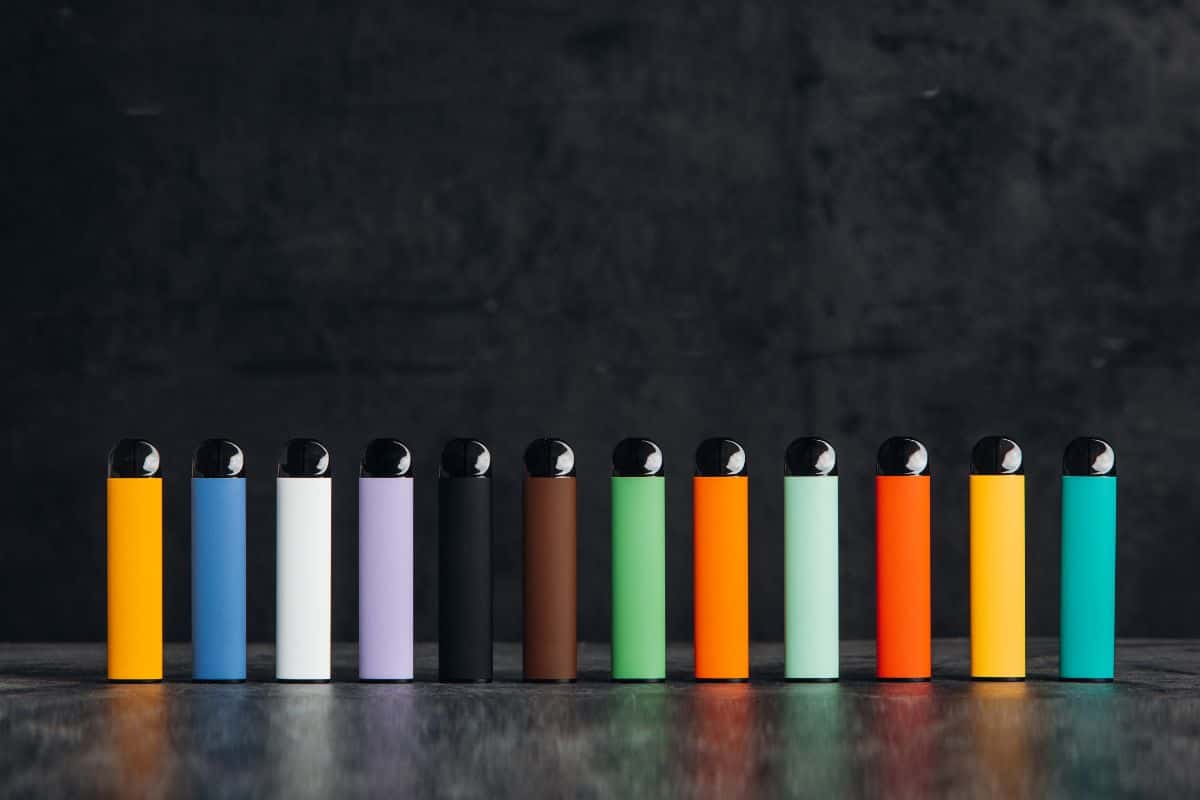
Infection and Inflammation
Infection is another risk of vaping after wisdom teeth removal. While the evidence on the direct effects of e-cigarette vapor on oral health is limited, some studies suggest that vaping could increase inflammation in the oral cavity. Inflammation can contribute to a higher risk of infection in the extraction site. Additionally, e-cigarettes can contain harmful chemicals and carcinogens that may exacerbate the risk of infection after wisdom teeth extraction.
Delayed Healing
Vaping after wisdom teeth removal could also contribute to delayed healing of the extraction sites. Research has shown that tobacco use, including e-cigarettes, can negatively impact oral health, potentially slowing down the healing process. Introducing these harmful substances into your mouth during the critical healing period can compromise the body’s natural ability to repair the extraction site. Consequently, it may take longer to recover after wisdom teeth removal if you continue to vape during this time.
In summary, vaping after wisdom teeth removal poses several risks, including dry socket, infection, inflammation, and delayed healing. To minimize these risks and promote a speedy recovery, it is advisable to avoid vaping during the healing process after your wisdom teeth extraction.
Vaping Vs. Smoking in Oral Health Context
Chemical Content Comparison
While both vaping and smoking have been linked to oral health issues, it’s important to note the differences in chemical content between e-cigarettes and traditional cigarettes. E-cigarettes contain propylene glycol, vegetable glycerin, nicotine, and various flavorings, while traditional cigarettes contain thousands of harmful chemicals, including tar and carbon monoxide. E-cigarettes are considered to contain significantly fewer toxicants than traditional cigarettes, but they are not without their risks.
Effect on Oral Tissues
| Gum Disease: Research has found that vaping can have a negative impact on periodontal health, although to a lesser extent than traditional cigarettes. One study suggests that e-cigarette users may experience fewer gum problems than smokers, but the long-term effects of vaping on gum health are still not well understood. |
| Oral Tissues Inflammation: Inflammation is a common response to both vaping and smoking. Smoking leads to higher levels of inflammation that contribute to gum disease, tooth decay, and other oral health issues. E-cigarettes may also cause inflammation, but some research indicates that the level of inflammation is generally lower compared to that of traditional cigarettes. |
| Dry Mouth: Both vaping and smoking can cause dry mouth, which in turn, can lead to an increase in cavities and other oral health issues. Dry mouth occurs because the chemicals in e-cigarettes and traditional cigarettes inhibit saliva production, making it difficult for oral tissues to stay moisturized. |
| Tooth Decay: Vaping has been linked to an increased risk of tooth decay, although the risk is believed to be lower compared to smoking. Nicotine, present in both e-cigarettes and traditional cigarettes, can reduce blood flow in the oral cavity, leading to the weakening of tooth enamel and an increased risk of cavities. |
In summary, while vaping appears to be less harmful to oral health than traditional cigarettes, it still carries risks and can lead to gum disease, inflammation, dry mouth, and tooth decay.
Safer Alternatives to Manage Nicotine Cravings
Managing nicotine cravings after wisdom teeth removal can be challenging, especially if you’ve been vaping. Since vaping is not recommended during the healing period, there are safer alternatives available to help satisfy your nicotine needs while minimizing the risk of complications. Here, we’ll explore nicotine patches, nicotine gum, and nicotine lozenges as alternatives to vaping.
Nicotine Patches
Nicotine patches are adhesive patches that deliver a steady dose of nicotine through your skin. They can help curb your cravings without involving your mouth, making them an attractive option after wisdom teeth removal. Patches come in various strengths, allowing you to choose the appropriate dosage to manage your cravings effectively.
To use a nicotine patch, follow these steps:
- Choose a clean, dry, and hairless area on your body to apply the patch.
- Remove the protective backing and press the patch firmly onto your skin.
- Hold the patch in place for approximately 10 seconds to ensure proper adhesion.
- Replace the patch every 24 hours, rotating application sites to minimize skin irritation.
Nicotine Gum
Nicotine gum is a form of nicotine replacement therapy that can help control cravings by providing a small amount of nicotine. While it does involve your mouth, the gentle and controlled chewing required can usually be managed after wisdom teeth removal. To use nicotine gum effectively:
- Choose a piece of gum at the appropriate strength based on your previous nicotine consumption.
- Begin chewing the gum slowly until you notice a slight tingling sensation.
- Once you feel the tingling, park the gum between your cheek and gum.
- Chew again when the tingling fades, and repeat the process for about 30 minutes.
It is important to avoid chewing too vigorously, as this may cause jaw soreness or lead to complications with your healing process.
Nicotine Lozenges
Nicotine lozenges are small, dissolvable tablets that provide nicotine to help control cravings. Similar to gum, they involve using your mouth but do not require significant chewing or sucking that might disrupt your healing. To use nicotine lozenges:
- Choose a lozenge with the appropriate strength for your nicotine needs.
- Place the lozenge in your mouth, either between your cheek and gum or under your tongue.
- Allow the lozenge to dissolve slowly over 20-30 minutes, occasionally moving it to a different location in your mouth.
- Avoid the urge to chew or swallow the lozenge, as this can decrease its effectiveness.
By utilizing these alternatives, you can confidently and safely manage your nicotine cravings after wisdom teeth removal while minimizing the risk of complications associated with vaping.
Proper Care and Recovery After Wisdom Teeth Removal
Pain Management
After undergoing wisdom tooth removal, managing pain is a crucial component of the healing process. Your dentist or oral surgeon may prescribe pain medication to help reduce discomfort. Make sure to follow the prescribed dosage and use it as directed. Furthermore, you can use over-the-counter pain relievers like ibuprofen and apply ice packs on your cheeks near the extraction site to minimize swelling and pain.
Keeping Extraction Site Clean
Maintaining cleanliness is essential for proper recovery after wisdom teeth removal. You should:
- Gently rinse your mouth with warm salt water after 24 hours post-surgery to remove debris and reduce swelling.
- Avoid using straws or vigorously rinsing to prevent dislodging the blood clot from the extraction site.
- Brush your teeth gently, taking extra care around the surgery area.
- Continue to floss your teeth but steer clear of the extraction site.
Dos and Don’ts After Wisdom Teeth Removal
To speed up healing and avoid complications, it’s important to follow the recommended guidelines for post-oral surgery care:
| Dos: |
| Rest as much as possible and avoid strenuous activities for the first few days after surgery. |
| Keep your head elevated, especially during sleep, to alleviate swelling. |
|
| Don’ts: |
| Avoid smoking or using e-cigarettes as they can delay healing and increase the risk of infection. |
| Steer clear of alcohol and carbonated drinks, since they can interfere with pain medications and healing. |
| Do not consume hot foods or drinks, as they can lead to increased swelling and discomfort. |
Remember to consult your dentist or oral surgeon if you experience severe pain, excessive bleeding, or other symptoms that may indicate complications during the recovery process.
Potential Long-Term Consequences of Vaping
Vaping after wisdom teeth removal may have some long-term consequences, especially when it comes to respiratory problems, cardiovascular issues, addiction, and nicotine dependency. It is essential to be aware of these risks and consider alternatives to smoking following oral surgery.
Respiratory Problems
One potential long-term consequence of vaping is the development of lung injuries. E-cigarette vapor contains various harmful chemicals that can irritate the respiratory system and cause inflammation. This may lead to chronic bronchitis, emphysema, or even more severe lung diseases in some cases.
Cardiovascular Issues
Another potential long-term consequence of vaping is the increase in the risk of cardiovascular issues. E-cigarettes can cause seizures and strokes due to the presence of nicotine and other toxic chemicals in the vapor. This may lead to higher blood pressure, heart rate, and ultimately, an increased risk of heart attacks or other cardiac events.
Addiction and Nicotine Dependency
Nicotine addiction is a significant concern when it comes to vaping, especially after wisdom teeth removal. The use of e-cigarettes may lead to nicotine dependency, as the body becomes accustomed to regular nicotine intake. This can make it challenging to quit smoking in the long run and lead to further health problems. Additionally, battery explosion injuries have been reported in e-cigarette use, which may result in severe burns or even death.
In conclusion, vaping after wisdom teeth removal may lead to various long-term consequences, such as respiratory problems, cardiovascular issues, addiction, and nicotine dependency. It is crucial to understand these risks and consider alternatives to smoking for a healthier, safer recovery.
Browse popular vape collections:
- Nicotine Disposables
- 2000 Puff Nicotine Disposable Vapes
- 2500 Puff Nicotine Disposable Vapes
- 5000 Puff Nicotine Disposable Vapes
- 6000 Puff Disposable Nicotine Vapes
- 7000 Puff Nicotine Disposable Vapes
- Disposable Vape Deals
- Best Vape Brands
- 8000 Puff Nicotine Disposable Vapes
- 9000 Puff Nicotine Disposable Vapes
- 5% Nicotine Disposable Vapes
- Rechargeable Nicotine Disposable Vapes
- Vape Coils
- Dab Wax Pens
- Dab Wax Pen Battery
- Yocan Vapes
- Vape Cases
Frequently Asked Questions
Can smoking lead to dry socket after wisdom teeth extraction?
Yes, smoking can lead to dry socket after wisdom teeth extraction. Dry socket, or alveolar osteitis, is a painful condition that occurs when the blood clot at the extraction site is disturbed or dislodged, exposing the underlying bone and nerves. The act of smoking can create suction in the mouth, which can dislodge the blood clot, increasing the chances of developing dry socket. Additionally, the harmful chemicals in cigarette smoke can delay the healing process.
What is the safest time to vape after undergoing wisdom teeth removal?
It is generally recommended to avoid vaping for at least 72 hours after wisdom teeth removal. However, waiting longer is advisable to decrease the risk of complications, such as dry socket or infection. Always consult your dental professional for personalized advice.
Do stitches minimize the chances of developing dry socket?
Stitches can help hold the tissues together after a tooth extraction, but they might not significantly reduce the risk of developing dry socket, as the condition is caused by the disruption of the blood clot. Proper post-operative care and following your dentist’s recommendations can help prevent dry socket.
How can you prevent dry socket post wisdom teeth surgery?
To prevent dry socket after wisdom teeth surgery, follow your dentist’s post-operative instructions, which may include:
- Avoid smoking or vaping
- Avoid using a straw for the first few days
- Gently rinse your mouth with warm salt water after 24 hours
- Avoid touching the extraction site with your tongue or fingers
Is it okay to use an e-cigarette two weeks after having teeth extracted?
While e-cigarettes may be less harmful than traditional cigarettes, they still contain nicotine and other chemicals that can interfere with the healing process. It is generally safe to use an e-cigarette two weeks after having teeth extracted, but always consult your dentist before resuming any form of vaping or smoking.
What are some alternatives to smoking during the healing process?
Consider exploring non-smoking alternatives to help manage cravings during the healing process. Some options include:
- Nicotine replacement therapy, such as nicotine gum or patches
- Engaging in healthy activities like walking or meditation to help manage stress
- Chewing sugar-free gum or snacking on healthy options, like carrot sticks or celery

